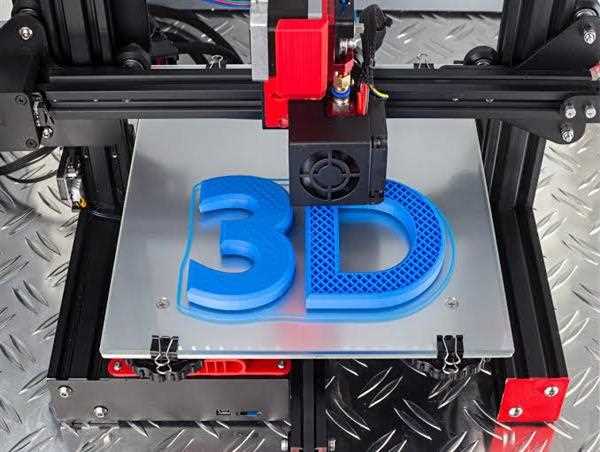3D printing technology, also known as additive manufacturing, has the potential to revolutionize various industries and applications. Its versatility and ability to create three-dimensional objects by adding material layer by layer based on a digital design opens up numerous possibilities. Here are some of the potential applications of 3D printing:

1. Prototyping and Product Development: 3D printing allows rapid prototyping, enabling designers and engineers to quickly create physical prototypes of their designs. This accelerates the product development cycle, reduces costs, and allows for iterative design improvements before mass production.
2. Customized Manufacturing: One of the significant advantages of 3D printing is its ability to produce highly customized products. It enables personalization and mass customization by allowing the adaptation of designs to individual needs or preferences. This has applications in industries like healthcare (custom prosthetics, dental aligners), fashion (customized jewelry, footwear), and consumer goods.
3. Architecture and Construction: 3D printing is being explored as a potential solution for construction projects. It allows for the creation of complex architectural structures, customized building components, and even entire buildings. This technology has the potential to reduce construction time, minimize waste, and provide cost-effective and sustainable construction solutions.
4. Healthcare and Biomedical Applications: 3D printing is revolutionizing the healthcare industry in several ways. It enables the creation of patient-specific models for surgical planning and training. Additionally, it allows for the production of custom implants, prosthetics, and medical devices tailored to an individual's anatomy. Bioprinting, a specialized form of 3D printing, holds the potential for printing living tissues and organs for transplantation and drug testing.
5. Aerospace and Automotive Industries: 3D printing has found significant applications in the aerospace and automotive sectors. It enables the production of lightweight and complex components, reducing the weight of aircraft and vehicles while maintaining strength. This technology allows for rapid prototyping of engine parts, custom tooling, and even the printing of entire rocket engines.
6. Education and Research: 3D printing provides educational institutions and researchers with valuable tools. It allows for the creation of visual aids, anatomical models for medical education, and physical representations of scientific concepts. This technology encourages hands-on learning and enhances the understanding of complex subjects.
7. Art, Design, and Jewelry: 3D printing provides artists, designers, and jewelers with new creative possibilities. It allows for the production of intricate and unique designs that would be challenging or impossible to create with traditional manufacturing methods. Artists can experiment with complex geometries, textures, and materials, pushing the boundaries of artistic expression.
8. Food and Culinary Applications: 3D printing is being explored in the food industry for culinary applications. It enables the creation of customized food products, complex chocolate and pastry designs, and personalized nutrition solutions. 3D-printed food has the potential to cater to specific dietary requirements, improve food presentation, and enhance dining experiences.
These are just a few examples of the potential applications of 3D printing technology. As the technology continues to advance and mature, it has the potential to transform industries, drive innovation, and provide new creative and manufacturing possibilities.